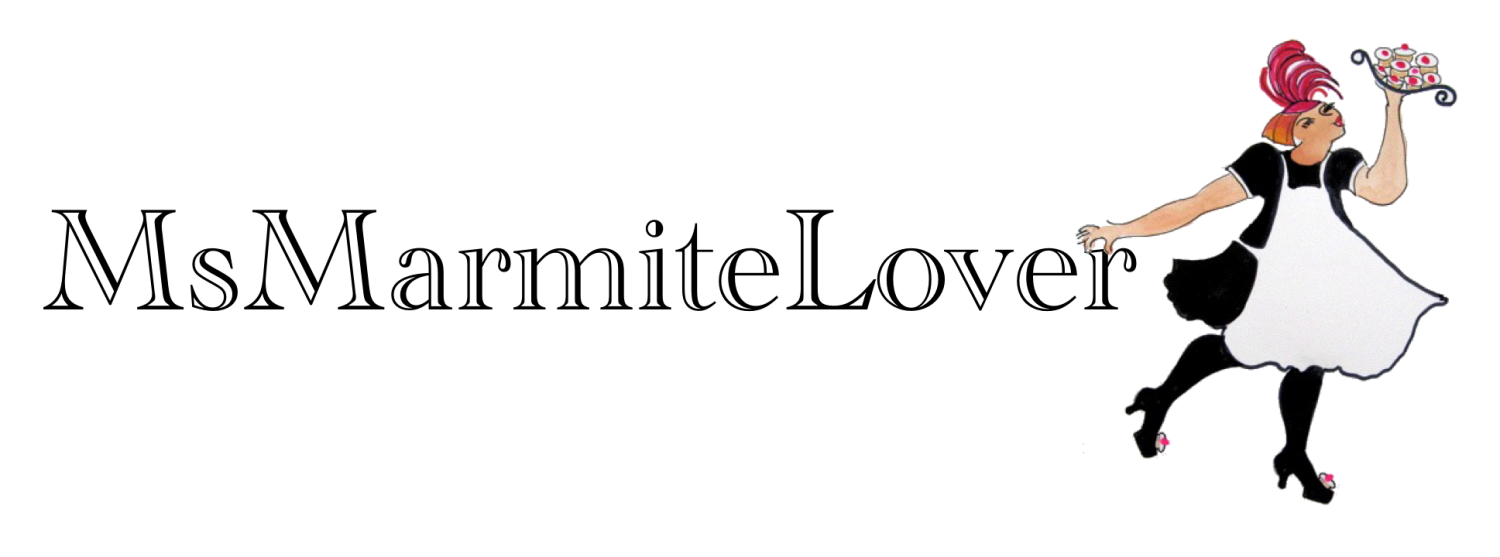Researching Easter menus, I see that pretzels are associated with Easter. The shape of them represents someone in prayer with their arms folded.
Pretzel Recipe:
1 tbsp Yeast
1 tbsp Sugar
1 tsp Salt
1 cup warm water
2 3/4 cups flour
Once the yeast, mixed with the cup of warm water and the sugar, had risen, I mixed it with the flour. After leaving it to rise for one hour, I rolled the dough into thin strips then created the classic shape.
You then put the pretzels into boiling water briefly before basting with a beaten egg and topping with salt. Bake for 10 minutes in the top oven of the Aga.
Problems: they didn’t taste authentic. They were too salty. They stuck to the parchment paper.
So scanning around the internet, I disovered that the authentic way to make pretzels is to put food-grade lye into the boiling water. However this can be replaced by baking soda which is a little easier to get hold of, plus less dangerous (you are supposed to wear rubber gloves and goggles when handling lye). The sticking was due to the fact that I had not left the pretzels to drain on a rack prior to placing them on the oiled parchment paper. The saltiness…apparently kosher salt is less salty. As it is Passover I will have to wait until it is over to buy kosher salt.
Conclusion: needs a little adjusting. May also try them stuffed with cheese. But well worth a go!




I may be wrong, but kosher salt is just coarse salt, as it is in bigger lumps it seems less salty as it doesn’t spread out as much (hmmm, GCSE science is rapidly failing me).
Flaky sea salt might also be nice on top.
Hi Jenny,
I did ask this on Twitter and people said kosher salt is less salty. I used sel grise, a French course sea salt, but it was way too salty. And I like my salt.
I thought that it just tasted less salty although maybe there is some science to explain how some salt is less salty than others. I should ask my flatmate, he’s a geologist and should know these things…